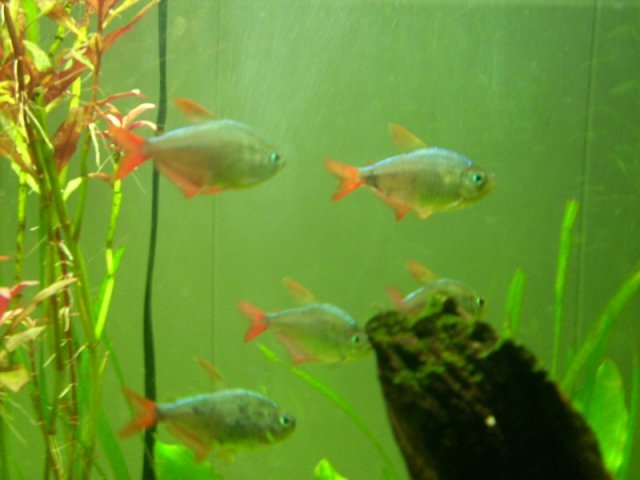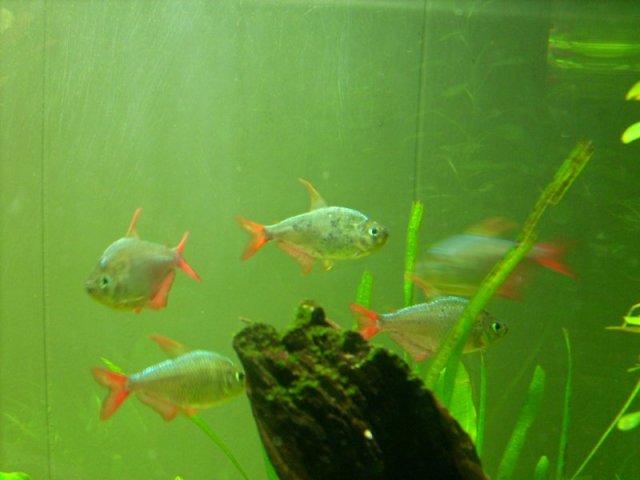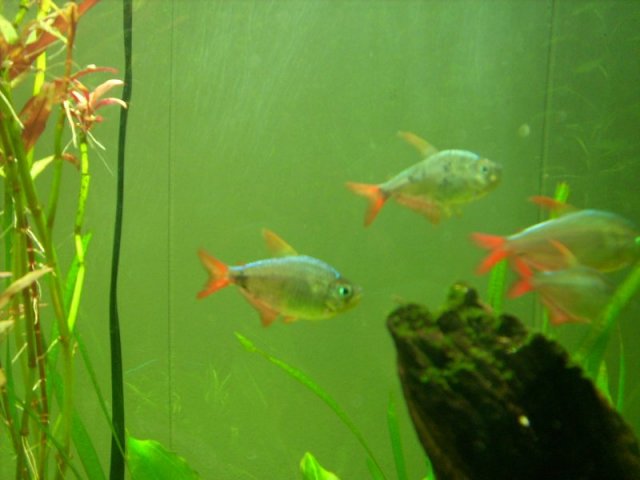i'm not doubting you on the black spot, but when i researched it and looked at the pictures the fish seem to be 'sprinkled' with spots, almost like pepper...but none of my fish are like that, the 'spots' are more big blotches.
and the other weird thing is that none of the 3 fish who showed these signs were alive at the same time. when one fish died, another would develop the blotches approximately a month or so afterwards. but i guess if this is a parasite they could just moving? i duno, i'm perplexed.
what is the connecting of the water temp with the black spot disease?
and the other weird thing is that none of the 3 fish who showed these signs were alive at the same time. when one fish died, another would develop the blotches approximately a month or so afterwards. but i guess if this is a parasite they could just moving? i duno, i'm perplexed.
what is the connecting of the water temp with the black spot disease?








